Timing isn't just everything – it's the kingmaker in product launches, according to research by Thomas Robinson and Ela Veresiu. Their study reveals that in the tech industry, choosing the right moment to debut your product can spell the difference between market dominance and obscurity.
This strategic decision extends far beyond simple logistics, fundamentally shaping your product's destiny in the marketplace.
This article will help you align your launch with the right timing, even as you deal with leadership changes, new features, and market shifts.
The four timing scenarios that matter
Understanding the four timing scenarios that directly impact the success of your launch will help you strategize, especially when you're up against challenges like cross-functional misalignment or new industry regulations.
Antagonistic timing
This happens when both internal coordination and stakeholder readiness are low. Google Glass is a perfect example of this. Launched in 2013 amidst privacy concerns and cultural resistance, it faced significant challenges, resulting in a product failure.
Synergistic timing
Here, both your firm and stakeholders are ready, and everything clicks. The launch of Ray-Ban Meta Smart Glasses falls under this category, entering a market now open to augmented reality. When everything aligns, your product launch has the potential to achieve massive success.
Flexible timing
In this scenario, market demand is high, but internal coordination within your company might lag. Stakeholders are ready, and your challenge is simply to act swiftly, making sure your product gets to market before competitors do.
Inflexible timing
Your company is ready, but the market isn’t. Here, you need to work on building trust and aligning expectations. It’s about convincing your stakeholders that your product is worth the wait, which may require additional efforts like educational campaigns and relationship building.
How to navigate leadership change and new product launches
Leadership changes within your company can create instability, making it even more critical to approach timing strategically. Aligning your internal teams is crucial in this situation. If your leadership team is in transition, you may be facing an inflexible timing scenario.
In such cases, focus on building trust with both your team and external stakeholders. Overcoming cognitive biases, coupled with clear communication about your vision and how the product fits into the broader market will ensure you gain buy-in from all relevant parties.
When you’re launching a new product or feature, it’s essential to ensure that your internal teams are well-coordinated.
Marketing, development, sales, and customer support must all be aligned. Otherwise, you risk misalignment, leading to confusion in the market and potential customer dissatisfaction.

Timing your expansion to new industries
As you expand your tech product into new industries, you need to assess market readiness carefully. This requires understanding the regulatory environment in each market and whether your product is a good fit for the local culture.
As seen with Google Glass and Ray-Ban Meta Smart Glasses, the readiness of the market can dramatically influence the success of a product launch.
If you’re entering a new industry, it's essential to assess if you’re in a flexible or inflexible timing situation. Pay close attention to not just timing, but also how your advertised reference prices fit with your overall pricing strategy.
Does the market need your product, but you're not yet fully prepared to meet demand? Or are you ready, but the market isn’t ready for what you have to offer? If it’s the latter, take steps to build trust by educating potential customers and engaging with industry influencers.
Navigating cross-functional misalignment
When your teams aren't aligned – whether it’s marketing, sales, or product development – the launch will suffer. Cross-functional misalignment often results in missed deadlines, inconsistent messaging, and a failure to meet customer expectations.
If you find yourself in this situation, it may indicate inflexible timing. The solution is to break down silos within your company leveraging skills such as emotional intelligence, and ensure everyone is on the same page.
Hold regular cross-functional meetings, create shared goals, and foster an environment of open communication. Everyone in your company should understand the strategic importance of the timing of your product launch and their role in making it happen.
Shifting market trends and timing adjustments
Shifting market trends can throw even the best-laid plans into disarray. With new regulations, changing customer preferences, or emerging technologies, you may find that your timing isn’t as perfect as you initially thought.
The key here is flexibility. Adjusting your launch leveraging behavioral data to match shifting market conditions may mean delaying or advancing your release, depending on the scenario. A synergistic timing approach, where both your firm and stakeholders are ready, is ideal.
But if you're in antagonistic timing, you might need to spend more time educating the market and preparing the product to meet the current demands.
Funding and budget allocation: Timing matters
When it comes to funding and budget allocation, timing is everything. If you have limited resources, you’ll need to choose the right time to allocate funds to your product launch. Consider whether your product is entering a flexible or inflexible timing situation.
If the market is ready, you may need to allocate funds quickly to capitalize on the demand while simultaneously creating and capturing value. If not, it’s better to slow down and ensure your product is finely tuned to meet market expectations.
How to handle major trade shows and regulatory changes
Trade shows can be a great opportunity to get your product in front of potential customers, partners, and investors. However, launching your product at a major trade show requires impeccable timing.
Ideally, this aligns with a synergistic timing scenario, where both your firm and stakeholders are ready. A tradeshow can help you create buzz and engage with your market in a way that supports your launch efforts.
Similarly, staying abreast of regulatory and industry changes is critical to ensure your product is compliant and ready for launch. The market’s readiness for new regulations might shape your launch timeline.
If the regulations are still in flux, it might be worth waiting for more clarity. Regulatory hurdles can create friction in the adoption process, so be prepared for delays and unexpected challenges.
Practical recommendations for success
Assess timing scenarios
Determine where you fall on the timing spectrum – antagonistic, synergistic, flexible, or inflexible. This will guide your strategy and help you align internal coordination with stakeholder readiness.
Build stakeholder readiness
Invest in educating your stakeholders about the value your product brings. Whether it's internal teams, customers, or partners, aligning expectations early can reduce resistance.
Treat timing as a continuous process
Adjust your timing strategy as market conditions evolve. The more flexible you are, the better you’ll adapt to unforeseen challenges, whether it’s a leadership change, a shifting market, or unexpected competition.
By considering timing as a dynamic and strategic tool, you can better align your product launches with market conditions and internal readiness. Whether you’re facing leadership change, regulatory hurdles, or market shifts, making timing a core part of your product strategy will significantly increase your chances of success.


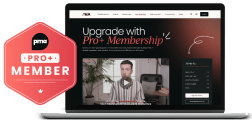


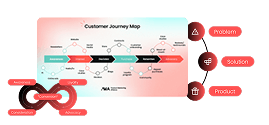


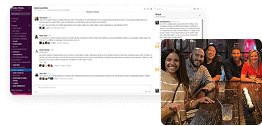



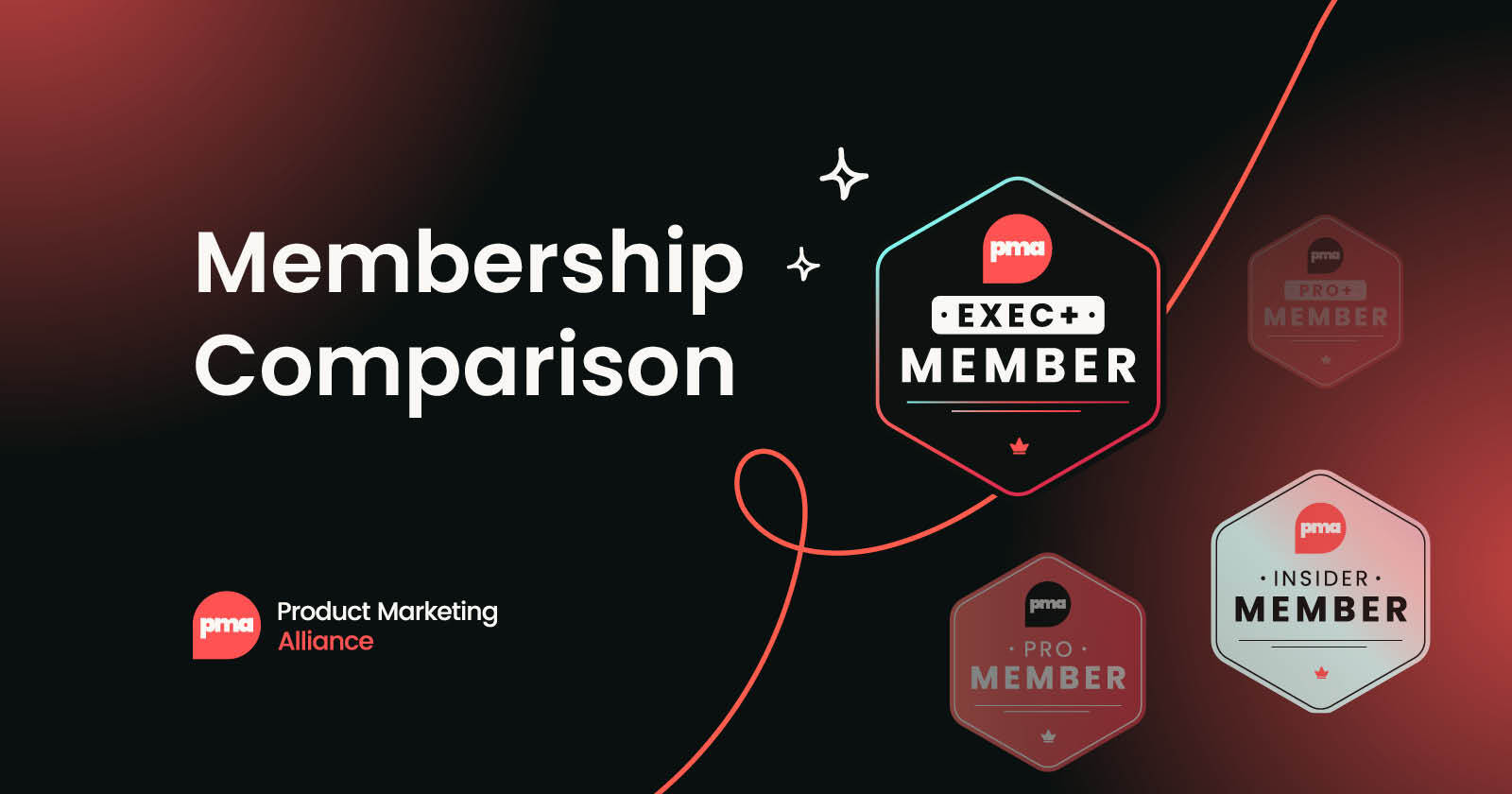
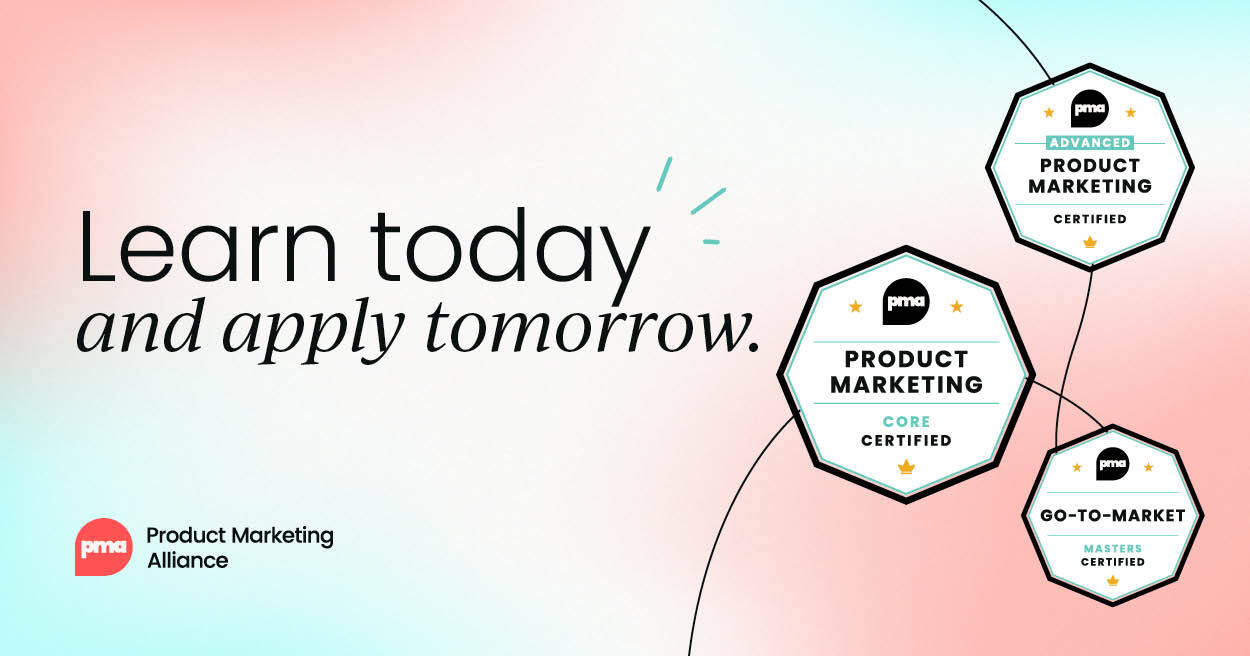
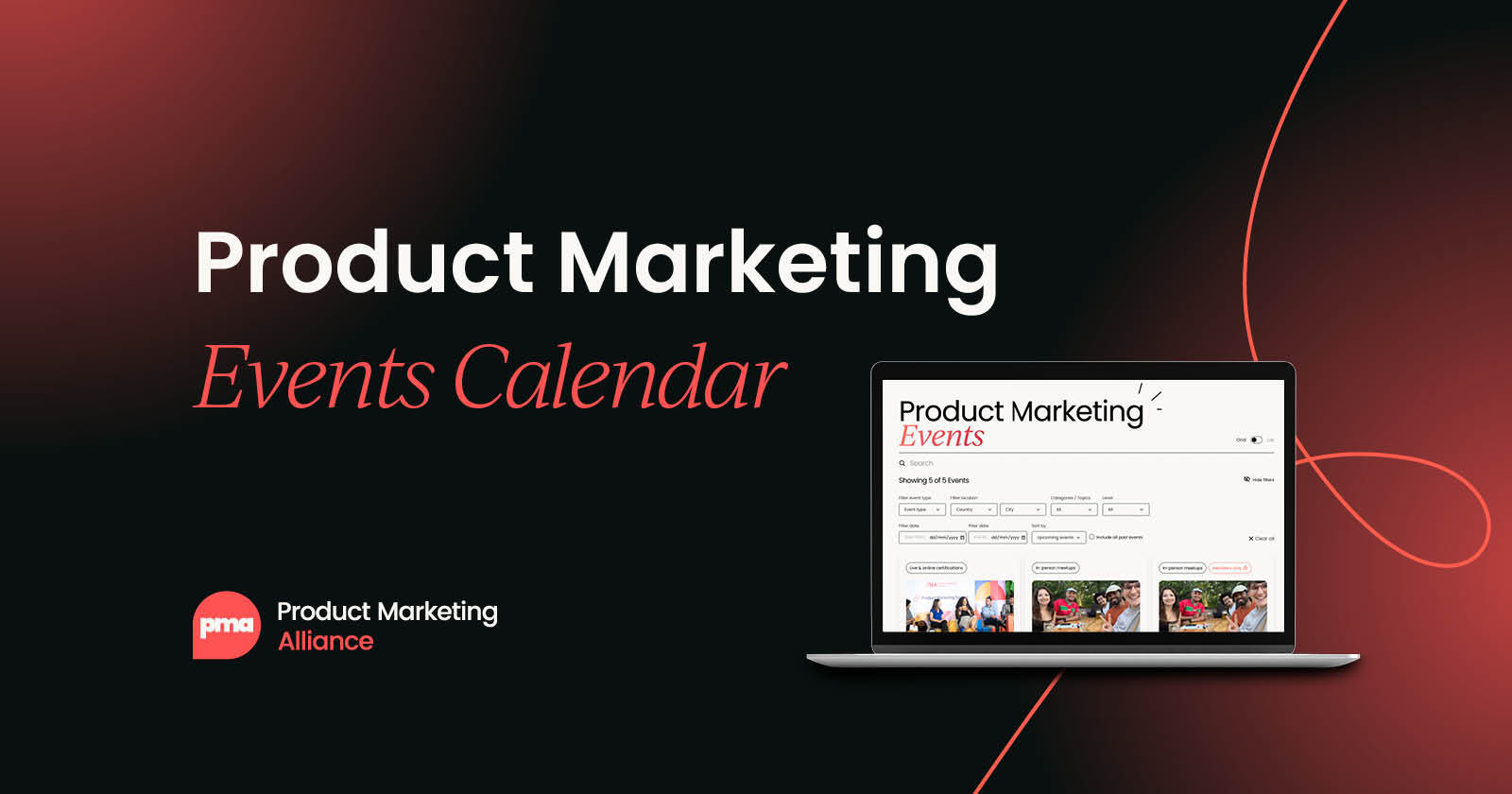
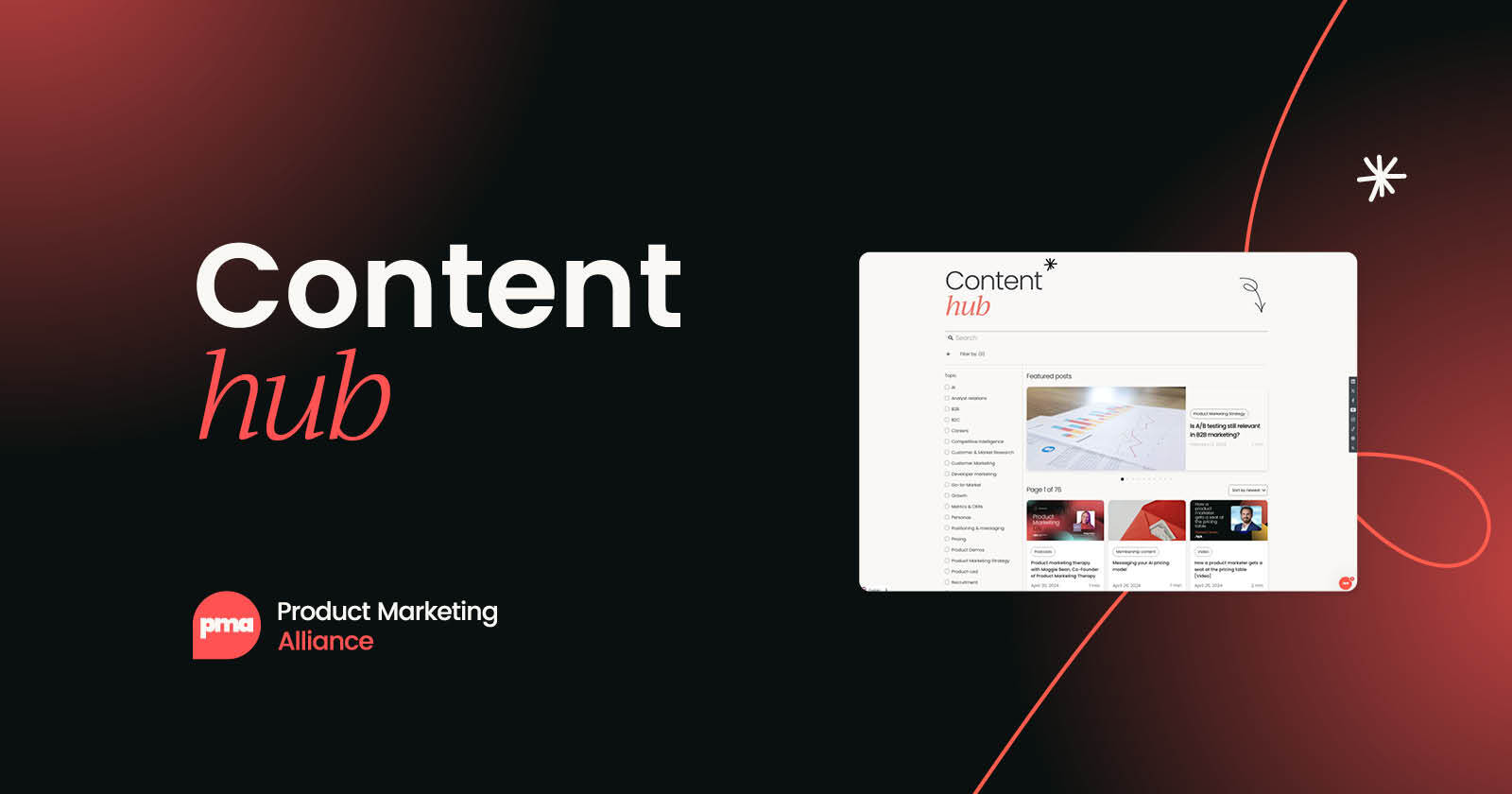

 Follow us on LinkedIn
Follow us on LinkedIn


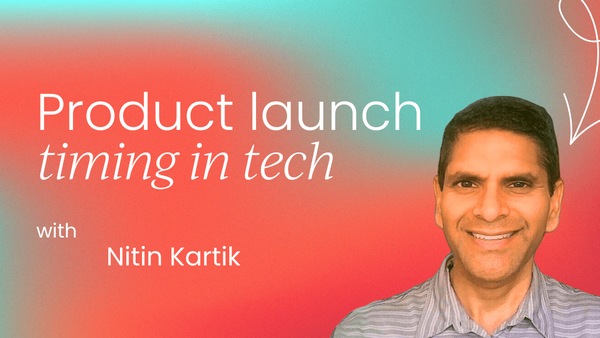

.svg?v=1abcb94374)